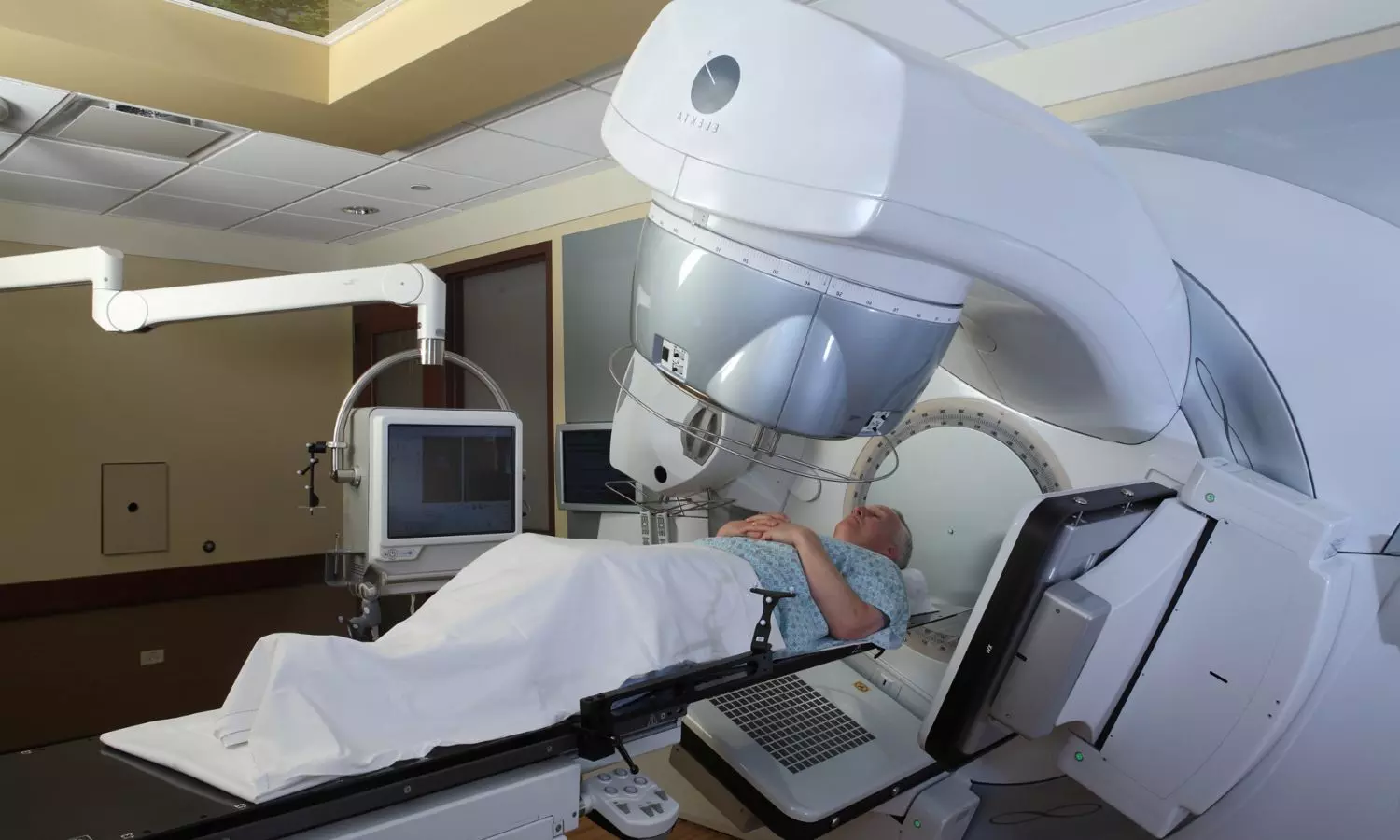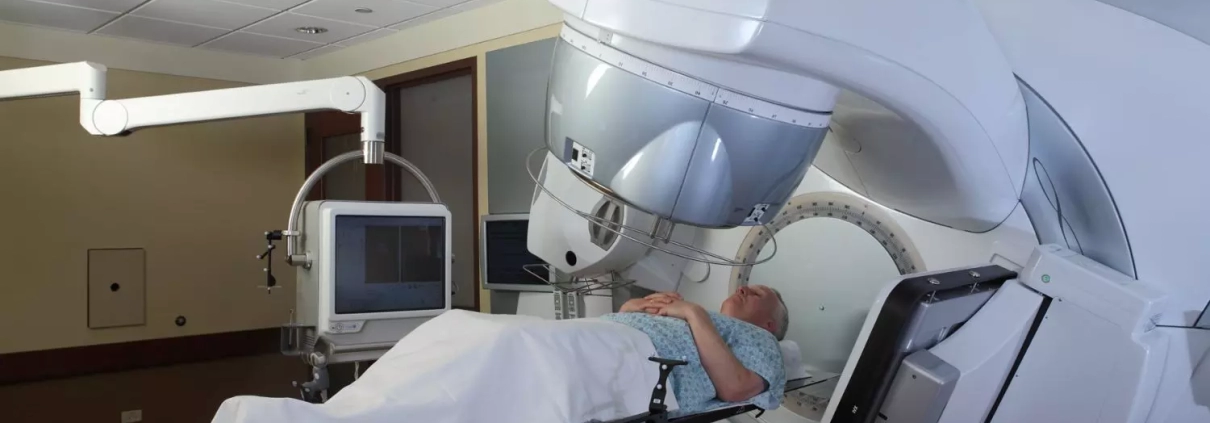Urethral stenosis post-radiation therapy has magnitude of side effects with poor patient reported QoL

Canada: A recent study published in Urology has shed light on health-related quality of life (QoL) in patients with urethral stenosis after radiation treatment for prostate cancer.
The researchers revealed urethral stenosis after radiotherapy to be a clinically complex entity with a broad scope of associated symptoms, including high rates of patient-reported incontinence, pain, sexual dysfunction, depression, and bowel dysfunction.
“This multi-focal nature combined with patient unawareness and often insidious presentation creates a uniquely challenging condition to treat,” the researchers wrote.
Patients with localized prostate cancer typically have a choice of curative options, either surgery (radical prostatectomy) or radiotherapy (external beam or brachytherapy). There is no clarity on which treatment provides superior outcomes for both preserved genitourinary (GU) function and cancer control.
Kennedy Dirk and Keith Rourke from the University of Alberta, Edmonton, Alberta, Canada, aimed to evaluate patient-reported QoL (PRQoL) in patients presenting with membranous urethral stenosis after prostate radiotherapy. Urethral stenosis is an under-reported complication following prostate radiotherapy with a particular deficiency in PRQoL.
For this purpose, the researchers retrospectively reviewed patients presenting with urethral stenosis after radiotherapy from 2004-2022. Patient-reported quality of life was evaluated via patient survey using the Expanded Prostate Cancer Index Composite for Clinical Practice (EPIC-CP). The researchers identified 230 patients at a mean age of 67.7 years and a mean time to stricture diagnosis of 63.6 months post-radiotherapy.
The study led to the following findings:
- Of 87 patients completing the survey, 29.9% recalled being aware of urethral stenosis as a potential complication, and 51.7% had documentation of urethral stenosis as a potential complication.
- 33.5% of patients underwent urethroplasty, 59.6% repeat endoscopic treatment and 6.1% an indwelling catheter. 64.4% of patients reported urinary dysfunction as a “moderate” or “big” problem, 66.7% reported frequent or total incontinence, 64.4% required daily pad use and 50.6% reported incontinence as either a “moderate” or “big” problem.
- 85.0% reported poor or absent orgasmic dysfunction and 88.5% reported erections insufficient for sexual activity.
- 47.1% of patients reported rectal pain and 31.0% reported dysuria.
- Fatigue and depressive symptoms were reported by 60.9% and 41.4% of patients, respectively.
“The findings from this cohort of patients presenting with urethral stenosis after radiotherapy for localized prostate cancer showed the magnitude of side effects and global impact on PRQoL which has previously not been reported,” the researchers wrote.
“There is a broad scope of patient-reported symptoms spanning lower urinary tract symptoms, incontinence, bowel dysfunction, sexual dysfunction, and systemic effects,” they concluded.
Reference:
Dirk, K., & Rourke, K. (2023). Health-Related Quality of Life in Patients with Urethral Stenosis after Radiation Treatment for Prostate Cancer. Urology. https://doi.org/10.1016/j.urology.2023.10.041



